Sarah Arduini
 For over ten years, Sarah Arduini has garnered impressive experience with state-of-the-art companies including MPC, Framestore, and ILM. As a sought-after artist, Arduini has held critical roles in both feature animation and VFX. In fact, during her time at MPC, Arduini and her team won the VFX Oscar award for The Jungle Book. From there, she went on to become the Key Artist on Disney’s The Lion King. Sarah Arduini has continued to produce critically acclaimed work on various titles such as Beauty and the Beast, Guardians of the Galaxy 2, and Star Wars: The Last Jedi. To top it off, Arduini shares her plethora of experience as an academic speaker and teacher at Gnomon and at Side Academy. To learn more, visit Sarah Arduini on Sarah Arduini on LinkedIn.
For over ten years, Sarah Arduini has garnered impressive experience with state-of-the-art companies including MPC, Framestore, and ILM. As a sought-after artist, Arduini has held critical roles in both feature animation and VFX. In fact, during her time at MPC, Arduini and her team won the VFX Oscar award for The Jungle Book. From there, she went on to become the Key Artist on Disney’s The Lion King. Sarah Arduini has continued to produce critically acclaimed work on various titles such as Beauty and the Beast, Guardians of the Galaxy 2, and Star Wars: The Last Jedi. To top it off, Arduini shares her plethora of experience as an academic speaker and teacher at Gnomon and at Side Academy. To learn more, visit Sarah Arduini on Sarah Arduini on LinkedIn.
GW: Working as a character animator sounds like a dream-job come true! What has been your favorite character to bring to life? And/or your most challenging character, and why?
SA: I am so thankful for the opportunities I’ve had to animate so many great characters. A dream indeed! I could play with characters like Kerchak in The Legend of Tarzan, Lumiere and Cogsworth in Beauty and the Beast, dinosaurs in Jurassic World, Groot, and so on. Most recently, I considered myself super lucky to work on Mufasa, Scar, and Rafiki for the Lion King!
If I had to choose a favorite though, I would go for the one project that definitely was a real career high for me. And that was Shere Khan, one of my favorite villains! The Jungle book was my first Disney project and it was a really big challenge for me. I had to learn how to go from working in feature animation to VFX, so essentially a shift toward a more realist approach. Shere Khan was incredibly fun to animate and the rig was really well done.
I feel the secret to getting a great level of naturalism was through good video reference. Throughout the whole process, I was learning a tiger’s body mechanics and I was discovering all those little nuances that really made the difference. Plus, working on a villain meant I could play more with his facial features to portray all those subtle emotions like anger and arrogance. It was a great learning experience.
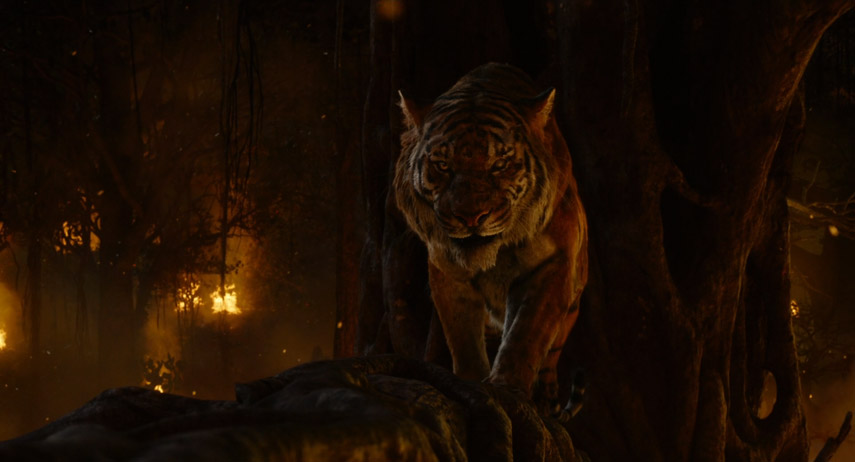
GW: Can you describe the day-to-day demands and highlights when working in feature animation?
SA: The usual day-to-day demands are based on the production schedule. The challenge is delivering your shots within a deadline and having those shots to be reviewed during dailies. “Dailies” is usually when your shots will be critiqued on a big screen. The fun part is sharing ideas and thoughts with the team and your supervisor. I’ve always experienced very positive and creative environments! The less fun part is handling all the critiques! Highlights is certainly when you have a challenging shot and you nail it. Nothing is more satisfying at work when you get an approval on your shot. I truly believe that the more you struggle, the more you improve as animator.
GW: What about when working in VFX? What are the highlights and challenges?
SA: Highlights and challenges are quite the same in both VFX and feature animation. Another form of a challenge in VFX is when we have to aim for a believable realism without falling into the uncanny valley trap. We need to capture every subtle nuance of the performance of the actors, and reproduce all those typical animal features that makes that specific creature believable. To do so sometimes means we will need to change the reality slightly, such as toning things up or down to make it more readable. The risk is to cross that threshold where the audience will encounter that “weird” or “wrong look.” It will be the animator and supervisor’s responsibility to keep a good balance where the result will be great and convincing.
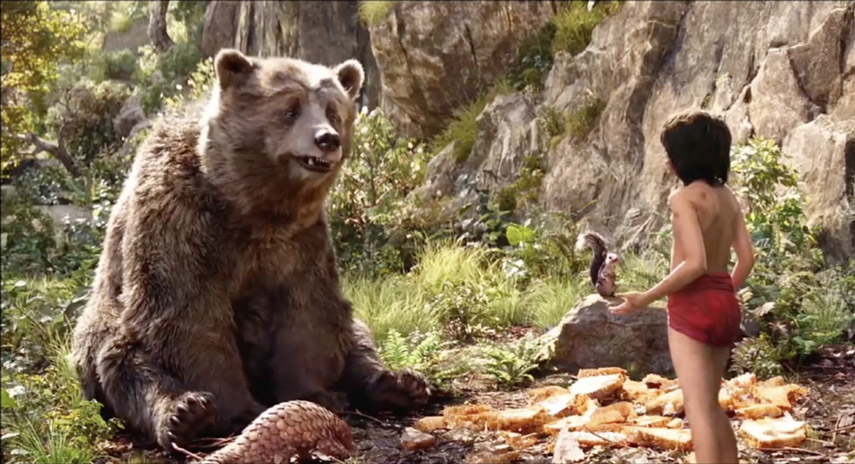
GW: Can you describe your experience as a key artist working on The Lion King?
SA: Working for the realization of such an iconic movie as The Lion King was a real dream come true. I collaborated with very talented animators who were also great friends. In addition, as a step up to my previous senior professional position, the whole experience was a fantastic journey.
As the Key Artist, I had challenging shots to complete on main characters such as Mufasa, Scar, Simba and Rafiki. This inspiring project allowed me to improve a lot as an animator. My new role also taught me how to support and help my team in technical and artistic ways. I loved that!
I believe that animators are often passionate about their job and they want to learn! A really helpful thing to do is always seek feedback. Having an environment where knowledge is shared also helps push the quality UP and UP! I'm currently a Lead Animator and that has so much to do with my previous role as Key Artist. That role definitely made my current role much easier now, and I’m so grateful.
GW: In addition to working with state-of-the-art companies, you also became an instructor and you have taught various workshops. How did you discover your passion for teaching?
SA: When I discovered my huge passion for animation, there weren't many animation schools at the time, plus, I couldn't afford to go to school regardless. Back then, every little bit helped, and every little feedback I got felt like gold (good critiques still do!).
After many years working in the industry, it feels great to be able to give back and help those who need guidance, just like I personally sought so badly in the past. It’s fantastic to see that passion growing in so many students during the animation courses. Receiving positive feedback from my students, helps to confirm my role as an instructor and I'm so grateful for it.
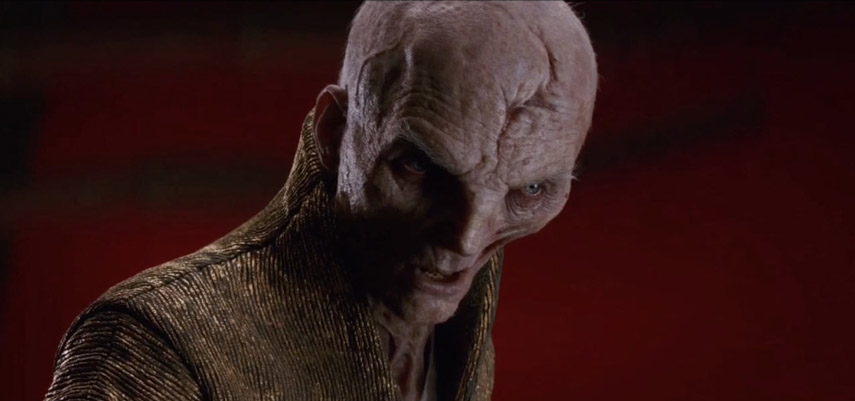
GW: Can you describe your latest workshop on Video Reference and what students could garner from this tutorial?
SA: Any great animator will tell you that behind any excellent animation there is a long, thought-out plan. Video reference is the fundamental part of this planning. It’s your road map to the body mechanics and subtle nuances that make the references believable. Many students rush into animation. They will learn soon that rushing is a sure fire way to waste time and lose the chance to improve their work and reach a higher level. This will be the first Video Reference tutorial for animators that embraces both the artistic and the technical side. It will teach you how to use this amazing tool to achieve the best work in a faster way!
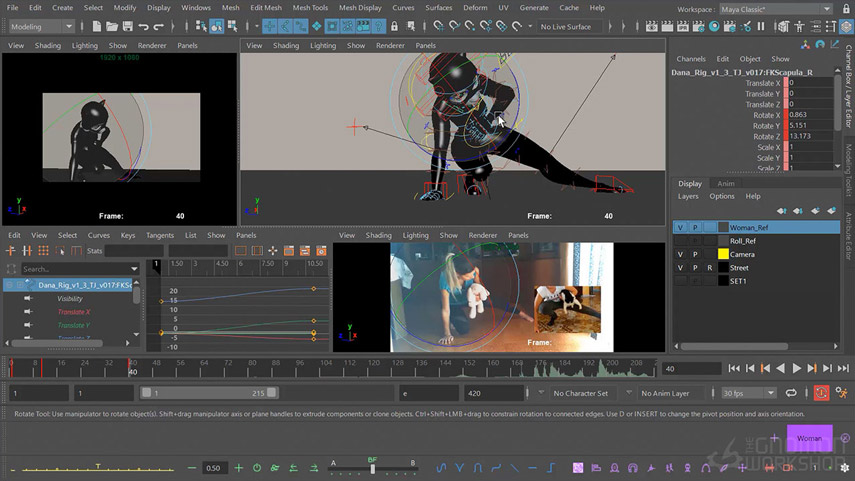
GW: How has the industry progressed since you started? Are there any roadblocks or challenges you hope will change?
SA: The animation industry has changed quite a lot since I started. The rapid advancement of technology has made the whole industry grow immensely. Way more movies are being made annually in order to meet the high demand. It became an incredibly competitive industry. The good side is that, as an audience, we’ll have a big selection to go through. Bad side though is that this trend has pushed the industry toward becoming a big money machine. For example, the industry is leaning toward production of sequels to big blockbusters, aiming for the higher box office revenue instead of more new, original content.
I believe that movies have a great influence on people and nowadays this power could be very useful and beneficial. I hope to see more stories that help to open people minds and help us to think more on the great issues happening around us. Thankfully, I have seen some production going in that direction, but unfortunately those never have that much publicity and often remain obscure to the majority of people.
GW: How do you find motivation when inspiration seems to be sparse? Or how do you break through those “creative-brick-walls?”
SA: The best thing that works for me is to take a break and watch other animators work. Getting inspired from talented people definitely raises up my passion and gets me motivated to experiment, have fun, and improve my animation skills.
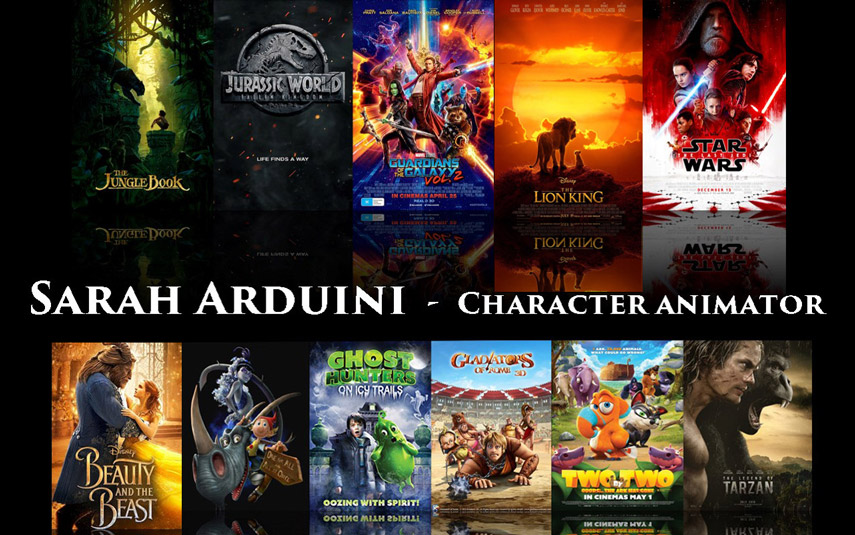
GW: Is there anything you wish you would have known starting out that you could offer to new, aspiring artists? Or any vital steps you took early on in your career that you’d recommend to students?
SA: Attitude is often the key. After many year in the industry, I met a lot of animators, and I found that the more amazing ones are also the more humble. Having this kind of attitude helps us remain open to learning. And, of course, seeking feedback and searching for inspiration helps us reach higher levels and improves our skills. Try not to see harsh feedback as a negative thing. I get it, being criticized is not easy, but try to see it as a small victory instead, where you just discovered where you can improve. Plus, that little obstacle that kept you from reaching that step up in your career is gone!
GW: Sarah, huge thanks for sharing your experiences!
SA: Thank you, too!
| Check out Character Animation and Video Reference, Professional Workflow with Sarah Arduini |






